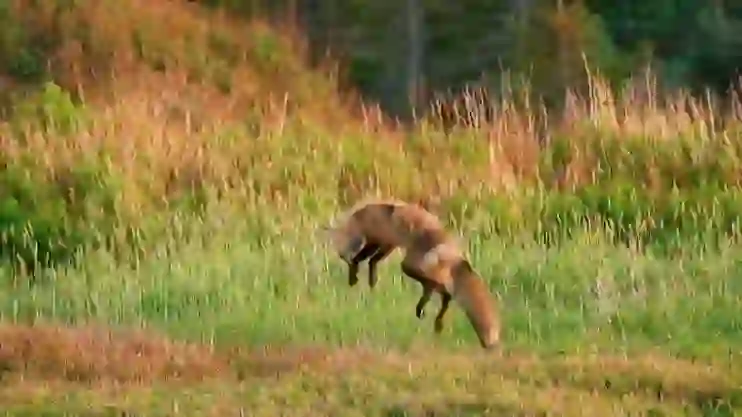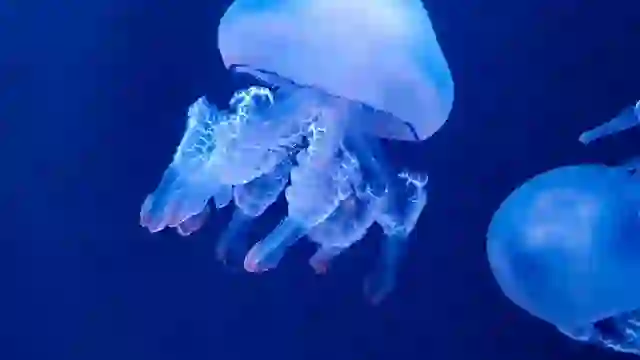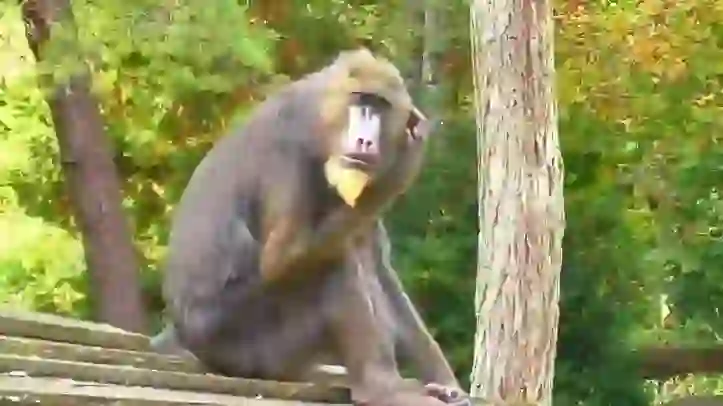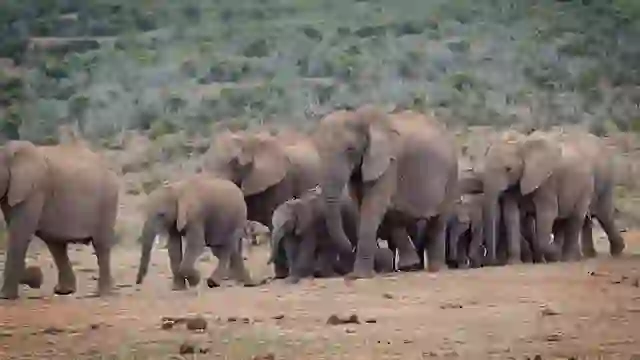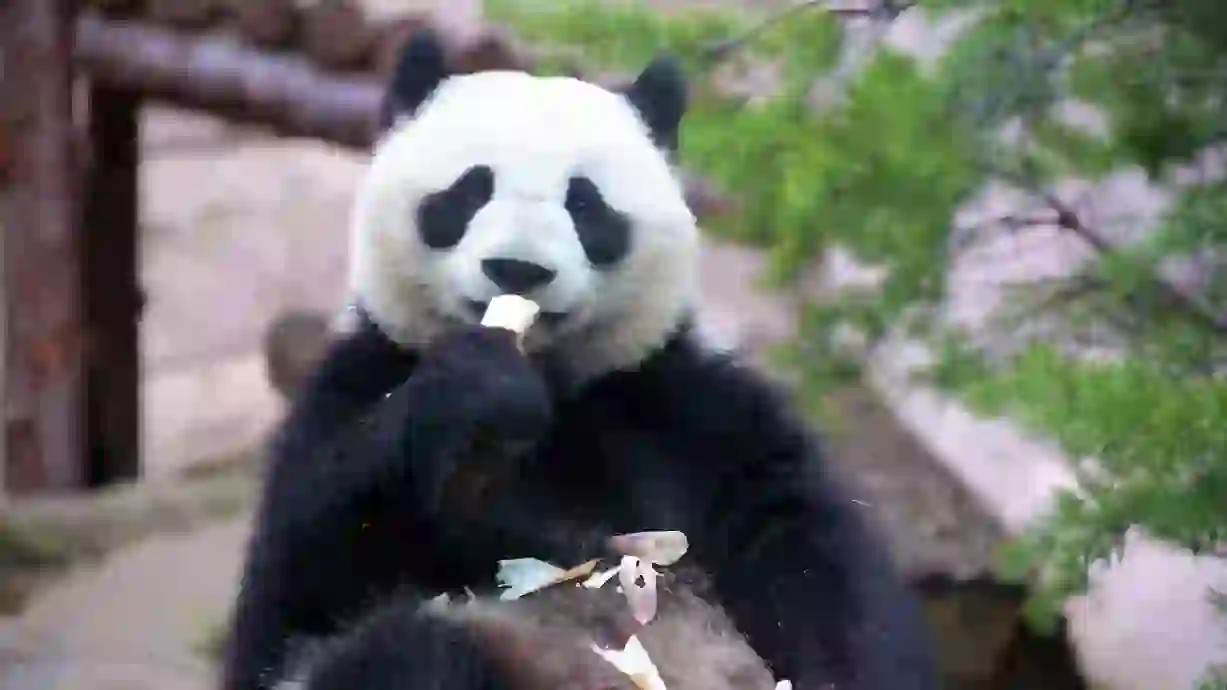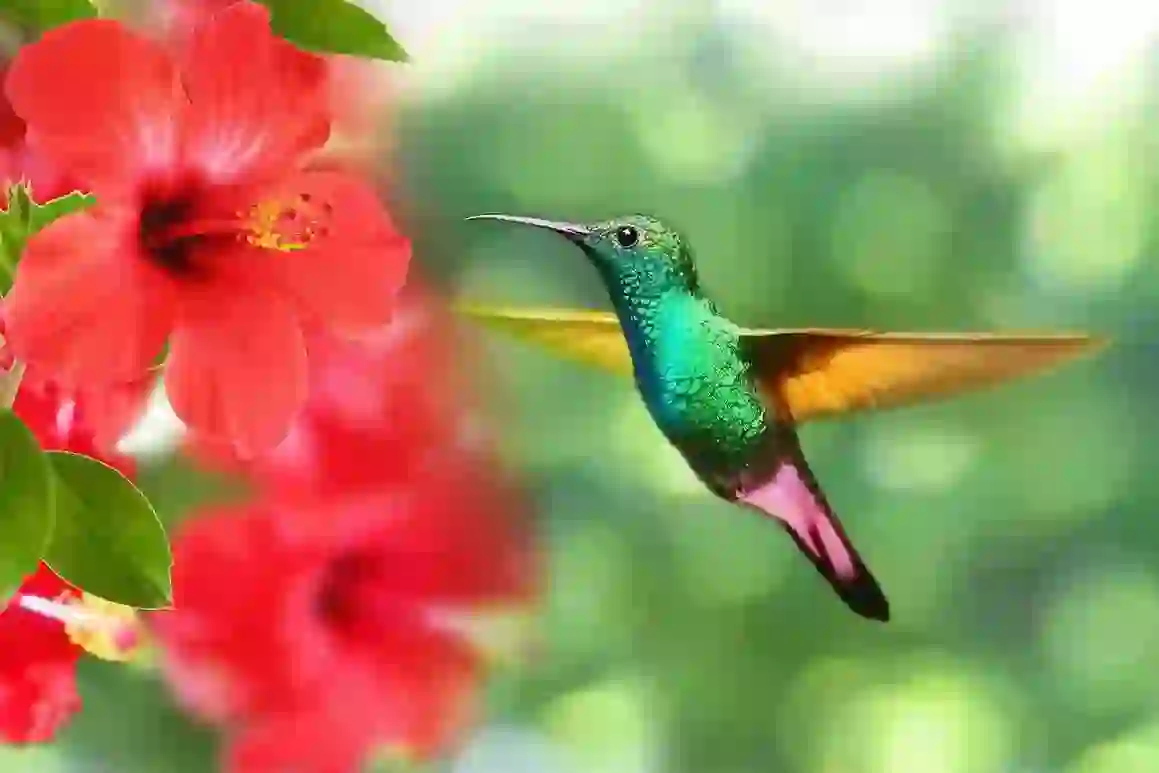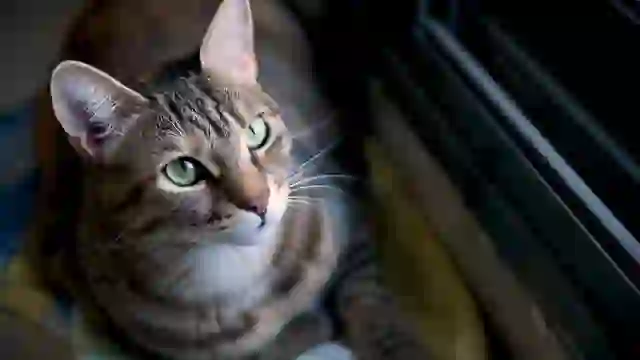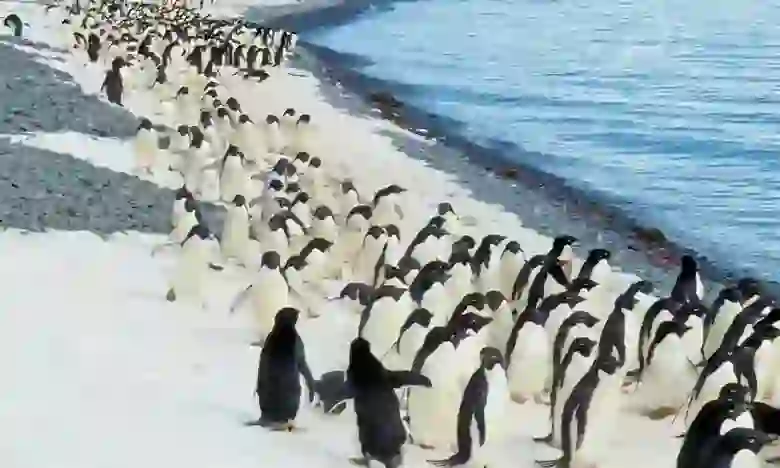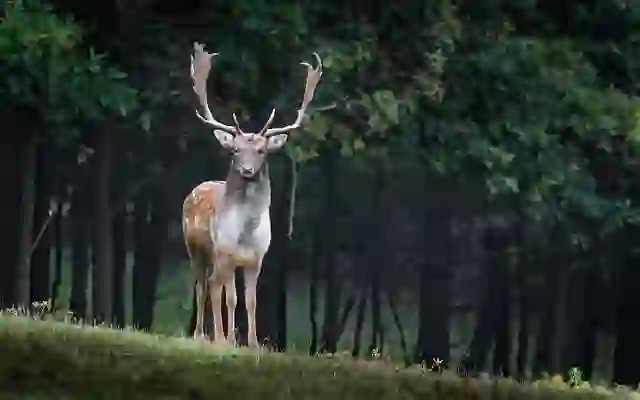
Pygmy Three-toed Sloth
Pygmy Three-toed Sloth
Pygmy Three-toed Sloth
On a small island in the Caribbean, lives the world's smallest sloth, the pygmy three-toed sloth. Where and how do these sloths live? Let's delve into the fascinating ecology of these critically endangered creatures and learn about the conservation efforts to protect them.
Pygmy Three-toed Sloth Basic Infomation
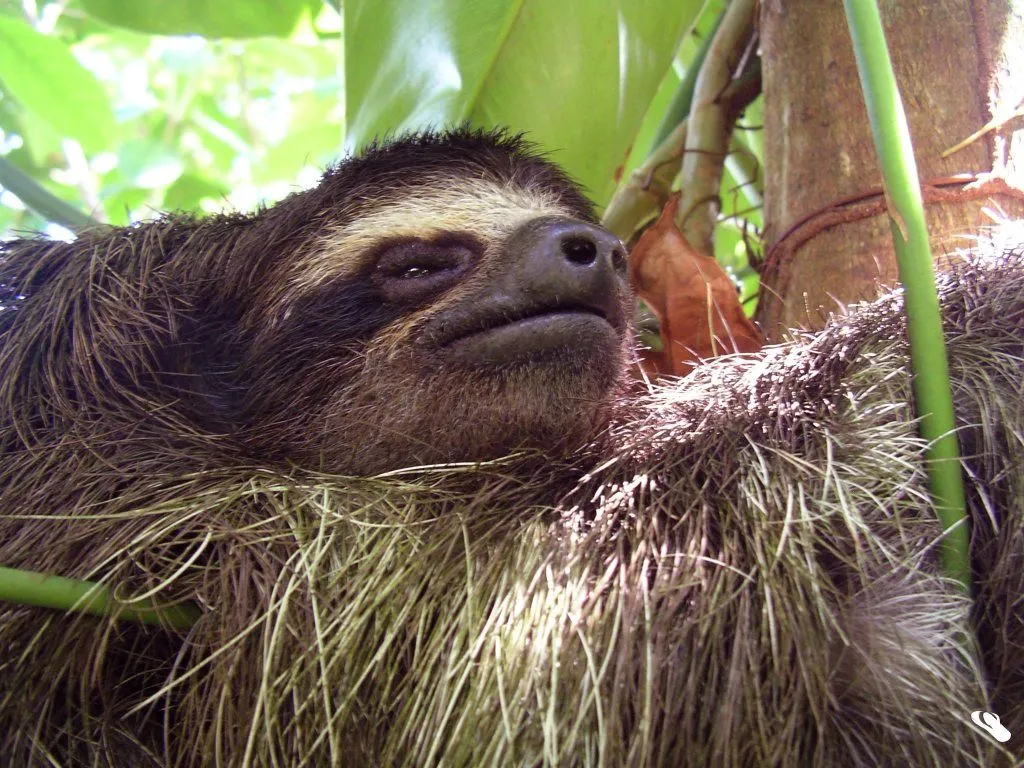
| Property | Value |
|---|---|
| Scientific Name | Bradypus pygmaeus |
| Taxonomic Status | SPECIES |
| Rank | SPECIES |
| Vernacular Names | Pygmy Three-Toed Sloth |
| Kingdom | Animalia |
| Phylum | Chordata |
| Class | Mammalia |
| Order | Pilosa |
| Family | Bradypodidae |
| Genus | Bradypus |
| Habitats | Mangrove forests of Escudo de Veraguas Island, Panama |
| Descriptions | The pygmy three-toed sloth is a sloth endemic to Escudo de Veraguas Island in Panama. They are exceptionally small and are specialized to live in mangrove trees. |
| Conservation Status | Critically Endangered |
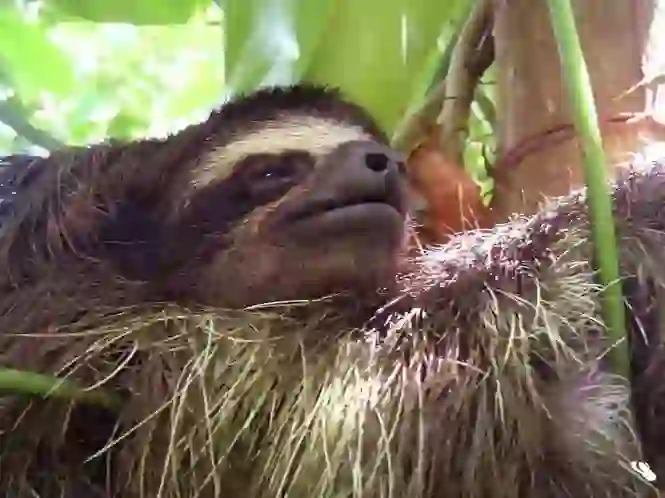
Size
They are only about 20 to 24 inches (50 to 60 centimeters) long and weigh a mere 5.5 to 8 pounds (2.5 to 3.5 kilograms), making them the smallest sloth in the world.

Lifespan
Their lifespan in the wild is not precisely known, but is estimated to be around 12 to 20 years.

Distribution
They are found only on a small island called Escudo de Veraguas, off the coast of Panama. This uninhabited island is located in the Caribbean Sea and covers an area of only about 1.3 square miles (3.4 square kilometers). They inhabit only the mangrove forests of this island.
Pygmy Three-toed Sloth Q&A

What kind of sloth is the pygmy three-toed sloth?
The pygmy three-toed sloth is a species of three-toed sloth that was first described as a new species in 2001.
They are much smaller than other three-toed sloths. The word 'pygmy' means 'dwarf,' reflecting their small size. They are found only on a small island called Escudo de Veraguas, off the coast of Panama, with a population estimated to be only a few hundred individuals.

What do pygmy three-toed sloths eat?
Pygmy three-toed sloths primarily eat mangrove leaves. They eat only about 50 grams of leaves per day because their metabolism is so slow that they don't need a lot of energy.
They also rarely drink water, obtaining most of their moisture from their food.

What kind of lives do they lead?
Pygmy three-toed sloths spend almost their entire lives in mangrove trees. They use their long claws to hang from branches and move slowly.
They are nocturnal, resting in the trees during the day and becoming active at night to search for food. They are often solitary, only encountering other sloths during the breeding season. When it's time to breed, males try to attract females by making calls and drumming on trees. Females give birth to one baby at a time and raise it in their pouch for about 6 months. After leaving the pouch, the baby stays near its mother for a while.

[Quiz!] Can pygmy three-toed sloths swim?
Yes, pygmy three-toed sloths can swim!
They do not have webbed feet, so they swim using a dog-paddle style. They are able to move through the water. This is likely because they live in mangrove forests and have needed to adapt to move through water. They are also said to be able to hold their breath for longer periods underwater than other sloth species.

[Quiz!] Why are pygmy three-toed sloths endangered?
Pygmy three-toed sloths are listed as Critically Endangered. Their numbers are declining primarily due to habitat destruction.
The mangrove forests of Escudo de Veraguas Island, their only habitat, are being destroyed by development, fishing, and tourism. They are also sometimes illegally captured for the pet trade. Protecting pygmy three-toed sloths requires protecting their habitat. To this end, the Panamanian government has designated Escudo de Veraguas Island as a wildlife sanctuary and is working to protect them.

[Quiz!] Can pygmy three-toed sloths be seen in zoos?
Pygmy three-toed sloths are very rare, so they are rarely kept in zoos.
They are difficult to breed in captivity. However, some zoos have recently succeeded in breeding them. In the future, we may be able to see them in more zoos.

Would you like to become a part of the 'Animalbook.jp'?
Turn your knowledge into Q&A and share it with the world. ※Publication will be activated after purchase. Let's share information together!
Pygmy Three-toed Sloth Type of List

Efforts to Protect Pygmy Three-toed Sloths
- Habitat conservation
- Combating poaching
- Captive breeding
- Awareness campaigns
Information
Congratulations! You are the first commenter!

Create Your Favorite List!
Pygmy Three-toed Sloth
Save the animals you love! Build your own list to quickly revisit your favorites later.

Would you like to leave a comment?
※Please note: This is for the purchase of rights to post comments within the article.
Find Your Favorites!
Our shop offers a unique and attractive selection of goods themed around various animals.
Pygmy Three-toed Sloth References
Pygmy Three-toed Sloth Introduction of media used

Lider Sucre, CC BY-SA 3.0, via Wikimedia Commons

Help Enrich Our Animalbook.jp with Your Media!
We are constantly looking to expand and enrich our Animalbook.jp with amazing photos and videos of animals. If you have any media that you'd like to share, please contribute and help us showcase the beauty and diversity of the animal kingdom. Your submissions will be credited and featured in our encyclopedia, reaching a wide audience of animal lovers.



